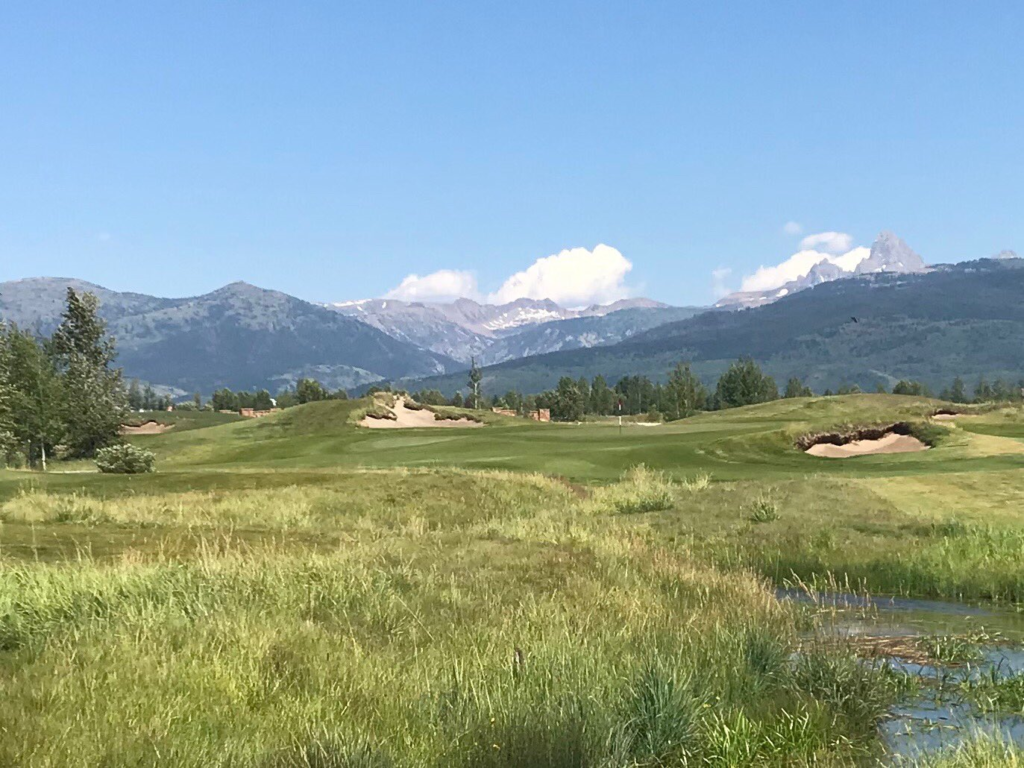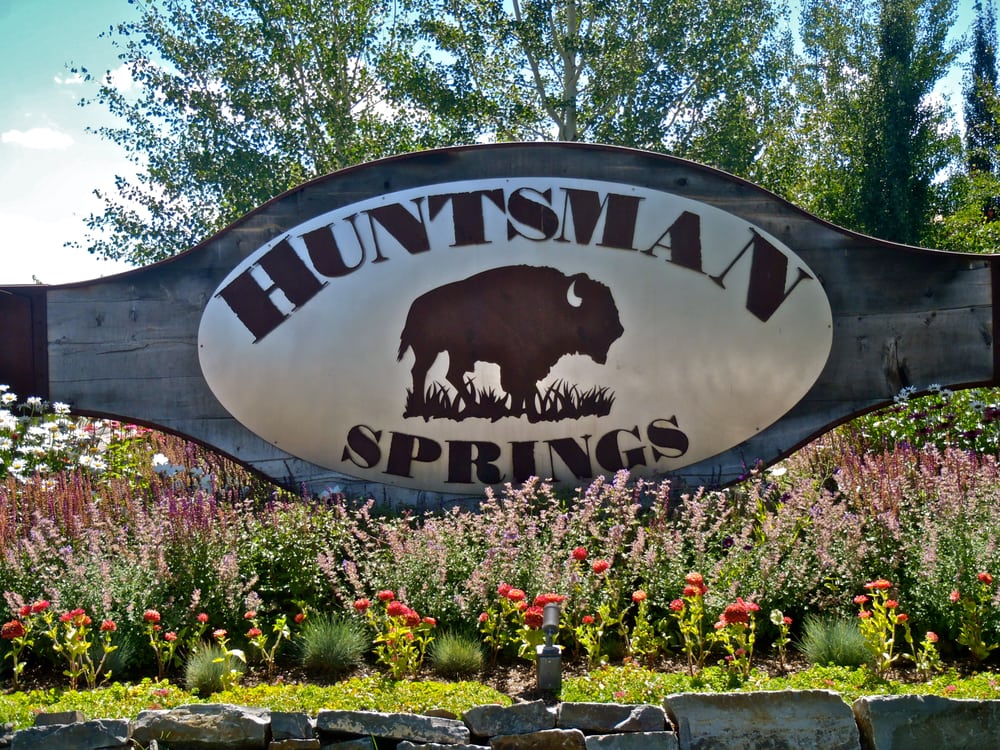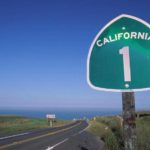A question I have always asked myself, whenever I travel, is how much I would spend to visit and play a particular golf course.
As a general rule in my family, the wife and kids pick the general locale when we vacation. Usually, they make that decision based on the available attractions, accommodations, shopping, amenities, etc. I have some input in the discussion centered on what golf courses are in the nearby vicinity.
Before we go, I try to do my homework. I like to see the history of the area and who designed the golf courses nearby. I always research the course rankings in the region, state, and country. I ask myself, what if any, major national or significant professional or amateur tournaments have the courses hosted? And finally, and this is the kicker, can I afford the visit, both in money and time spent away from the family?
I’m not a prude. I am more than willing to plunk down $500.00 to play Pebble Beach anytime I get close to the Monterey Peninsula. The same rationale would apply to Shinnecock Hills, Pine Valley, Augusta National, or any number of highly ranked golf courses if they let the general public play. No amount of money could keep die-hard golfers from those courses regardless of the money they could charge for public access.
The reasons golf fans would spend outrageous sums of dollars to play these golf courses are as vast as the fairways and greens that entice players to these scenic locations in the first place.
Exclusiveness, prestige, location, checking off the bucket list, among others are all justifiable reasons to play a glamorous course. And, finally, why not? The rationale seemingly exists, among golf aficionado’s, if it costs anywhere over $200.00 to play it must be worth it right? Besides you get a bag tag and a shirt with the logo on it to wear to the office.
Here is my take. If I was to find myself on either side of the Teton Valley, whether in Jackson Hole or Driggs, Idaho, for whatever reasons, and all of the above variables come into play, and I only have the time, resources, motivation and money to visit one golf course, that course is, hands down, going to be Huntsman Springs. And the reasons can be summed up very simply, David McLay Kidd and Brandon Dunes.
When one considers the famous golf courses that have stood the test of time and their desirability as a destination, whether it be tradition, reputation, exclusiveness or cost, most of them are old-style, tree-lined, parkland layouts that appeal to American’s sense of richness and comfort. There is a certain cookie-cutter sameness that golf course designers use when they develop a property. Yes, the great ones add their personal touch, but most golf courses share the same design characteristics.
During my enrollment in the PGA of America’s, Golf Course Design and Construction School, these methods were embodied into the curriculum with Do’s and Don’ts that you should or should not incorporate into a golf course design. During the golf course boom era, it seemed as every designer was borrowing, copying, stealing, or trying to enhance other people’s adaptations built on those templates. It became comical to the point where they were all trying to outdo everybody else. Golf courses were taking on a false facade, almost like those theme hotels in Las Vegas where you can visit the Statue of Liberty or the Eiffel Tower.
And then Brandon Dunes happened. Throw out the cookie cutter. Toss the playbook out the window. Take an inhospitable, wind-swept, inaccessible piece of Oregon coastland and build a course that winds its way along the rugged bluffs of the Pacific Ocean with no cart paths, tennis courts, swimming pools or other amenities. A golf course that has changed the golf world’s perception of how the game of golf was meant to be played.
The architect of that masterpiece, a rebel in a staid and placid trade, a ground-breaking pioneer who brought European features to a golf course that revolutionized the entire industry, has created those same design concepts in Northern Idaho. That man is David McLay Kidd, and Huntsman Springs is that golf course.
Here’s what he has to say about his masterpiece:
“When asked what I feel are my greatest achievements in golf design, most expect me to say Bandon Dunes. In reality, Huntsman Springs is, to me, my greatest golf architectural achievement. We seek to take golfers on an adventure marked by nuance, subtlety, and unpredictability.”
And that’s why, if I’m in the area, if I have just one day and one course to play, it’s, without question, Huntsman Springs.

The golf course is stunning in its beauty, challenging in its routing and breathtaking for its views of the Teton Range.
Situated on almost 200 acres of high mountain plains, intermingled with 48 acres of wetlands, Huntsman Springs has 153 bunkers that punctuate fairways averaging 80 yards wide culminating at large but severely undulating greens. Defining the routing of the course is 64 acres of Irish Red Tipped Fescue imported from Scotland that gives it an old-world style and coarseness. This mating provides the property with a picture-perfect marriage of beauty and harshness that belies the old school branding of lush opulence that permeates most resort, golf course communities.
It’s almost impossible to appreciate how beautiful and challenging this course is when taken in its full entirety. There are multiple reasons the resort has garnered the many awards bestowed on it in its short history.
But that’s not why you’re here. You’re here because you love the game of golf, its history and the unique test this course offers. You have traveled this far on a journey to experience the sheer exhilaration of encountering a masterpiece of golf course architecture that provokes passions, delight, and fortune on a scale unparalleled except for a very few places on earth, regardless of how much it costs to indulge those pleasures.
It’s time and money well spent.
Jeff Waters is a PGA Master Professional and a member of the Golf Writers Association of America.



